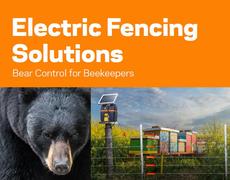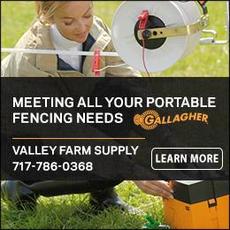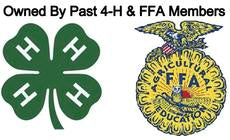Power is a very important thing to consider when selecting a fence charger. When we say 'power', we mean the number of joules the fence charger puts out. You want a charger that will power your whole fence, and still sting at the end. And the answer isn't to simply buy the strongest charger either. If a 5 joule charger will power your fence, there is no benefit to be gained by getting a 32 joule charger. Your fence will determine your power needs.
Generally, output power declines the further you get from your charger, the more vegetation, and the more resistant your wire. Therefore, the actual power of your charger will be different at different points on your fence. It will be strongest right at the charger, and weakest at the end of your fence. Each charger is unique. Some hold their power output across a range of resistance (50 ohms - 300 ohms), others start to drop off a few yards from the charger. Feel free to add our competitors to the graph and see how they react.
You always want atleast 1 joule of power at the end of your fence. Use the calculator above to figure which charger best suits your needs. The calculator will suggest two chargers. One that will do the job, then the next size up.
You shouldn't have to service to repair charger after every thunder storm...
Lightning strikes, and it can take your fence charger with it via the grounding system.
Electric fence chargers are priced across the spectrum, and each charger behaves differently. You want to get the most shock for your dollar. This is exactly why we created the interactive graph above. So you could plot your fence, and compare and contrast different products.
Price isn't the final conisderation. Just like a car, your charger will require servicing down the road (or YEARS down the road if you buy from us). If the charger is poor quality, you will spend money each year having it serviced.





